Liquid Wood Chairs: Classic Material Flows in New Furniture


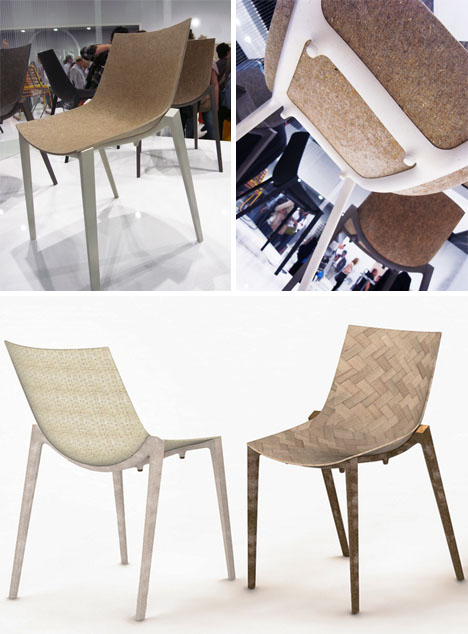
Like some sort of postmodern alchemy, a type of resin is created from discarded wood-pulp of the aforementioned plants, natural fibers and fish oils; the murky mixture is compressed, heated and ultimately fused together in a durable, strong and toxin-free alternative to petroleum-generated products.
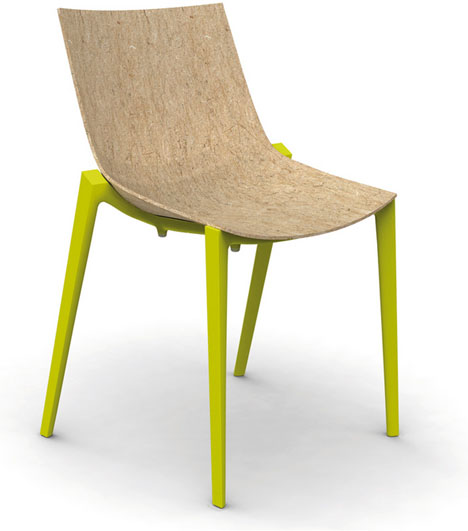
Under heat and pressure, the resulting viscous substance can be used for injection-molding furniture pieces with all the flexibility-but-rigidity of traditional plastics. Best of all, the products are recyclable – no cancer-causing or otherwise toxic agents are fed into the mix. Like conventional wooden furniture pieces, the materiality is still present in the finished chairs (or tables or whatever you wish).
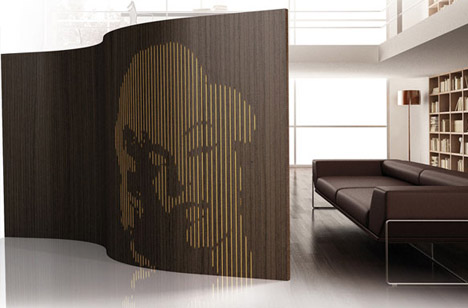
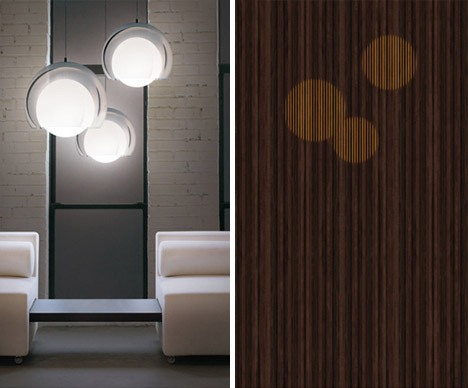

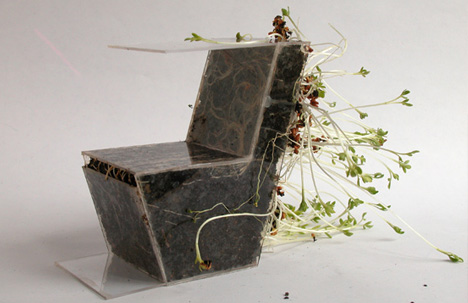


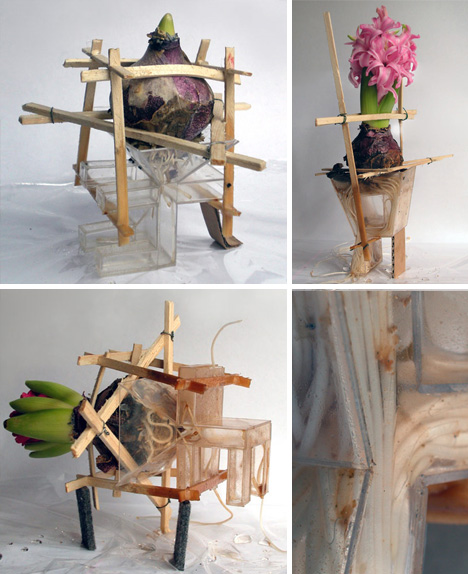


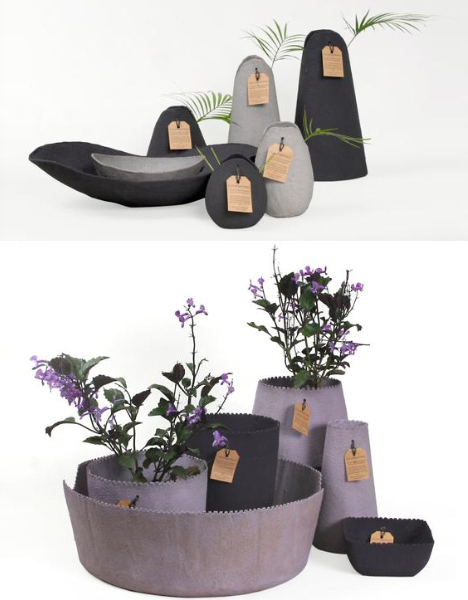

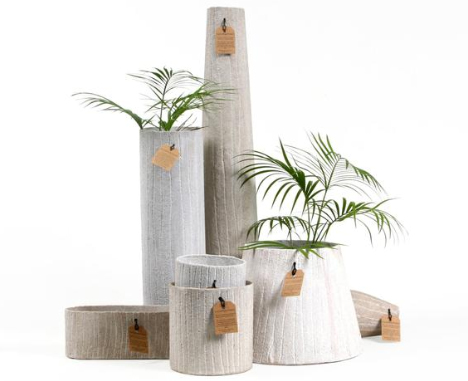

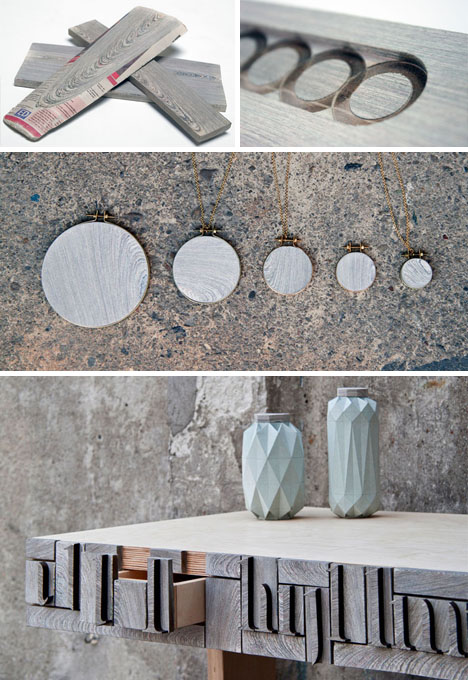
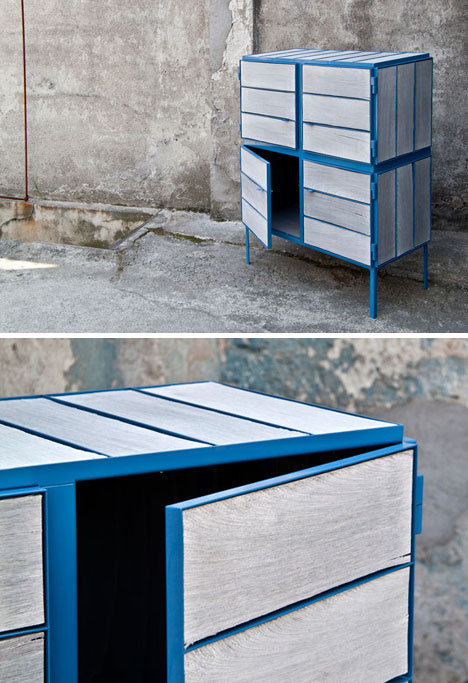
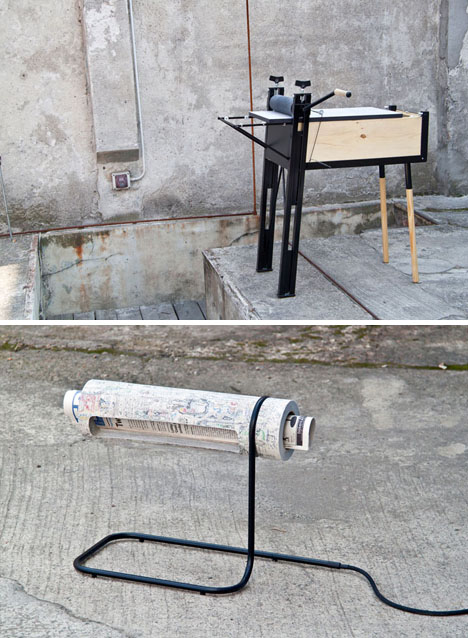
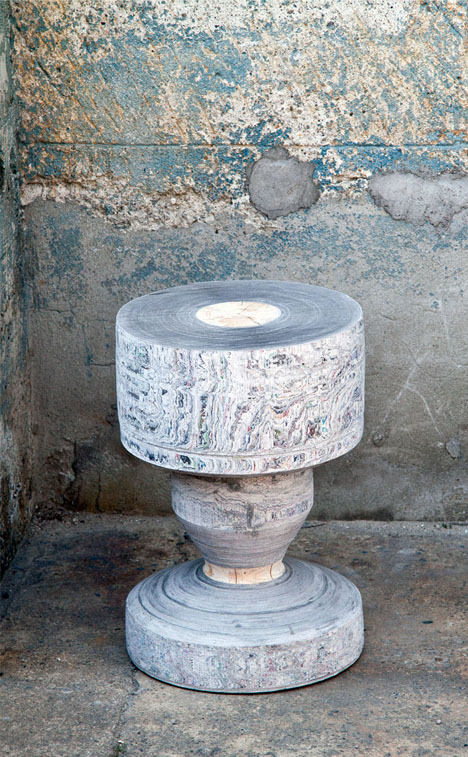
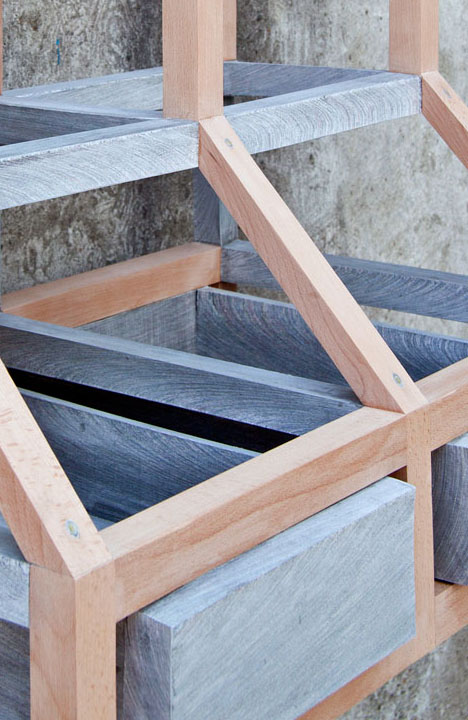

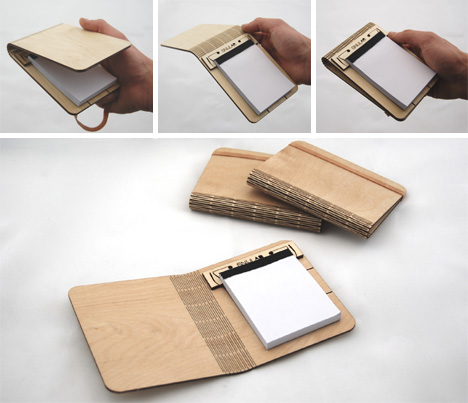
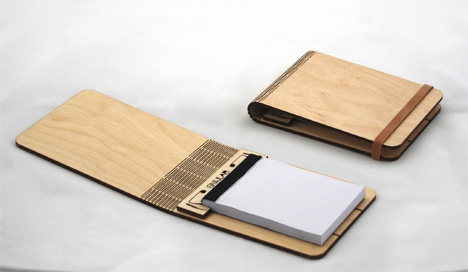






 Seagate Technology, involved in the EU projects ULTRAMAGNETRON and FEMTOSPIN, has doubled the storage capacity of today’s hard drives with the Heat Assisted Magnetic Recording (HAMR) technology supported in these projects.
Seagate Technology, involved in the EU projects ULTRAMAGNETRON and FEMTOSPIN, has doubled the storage capacity of today’s hard drives with the Heat Assisted Magnetic Recording (HAMR) technology supported in these projects.